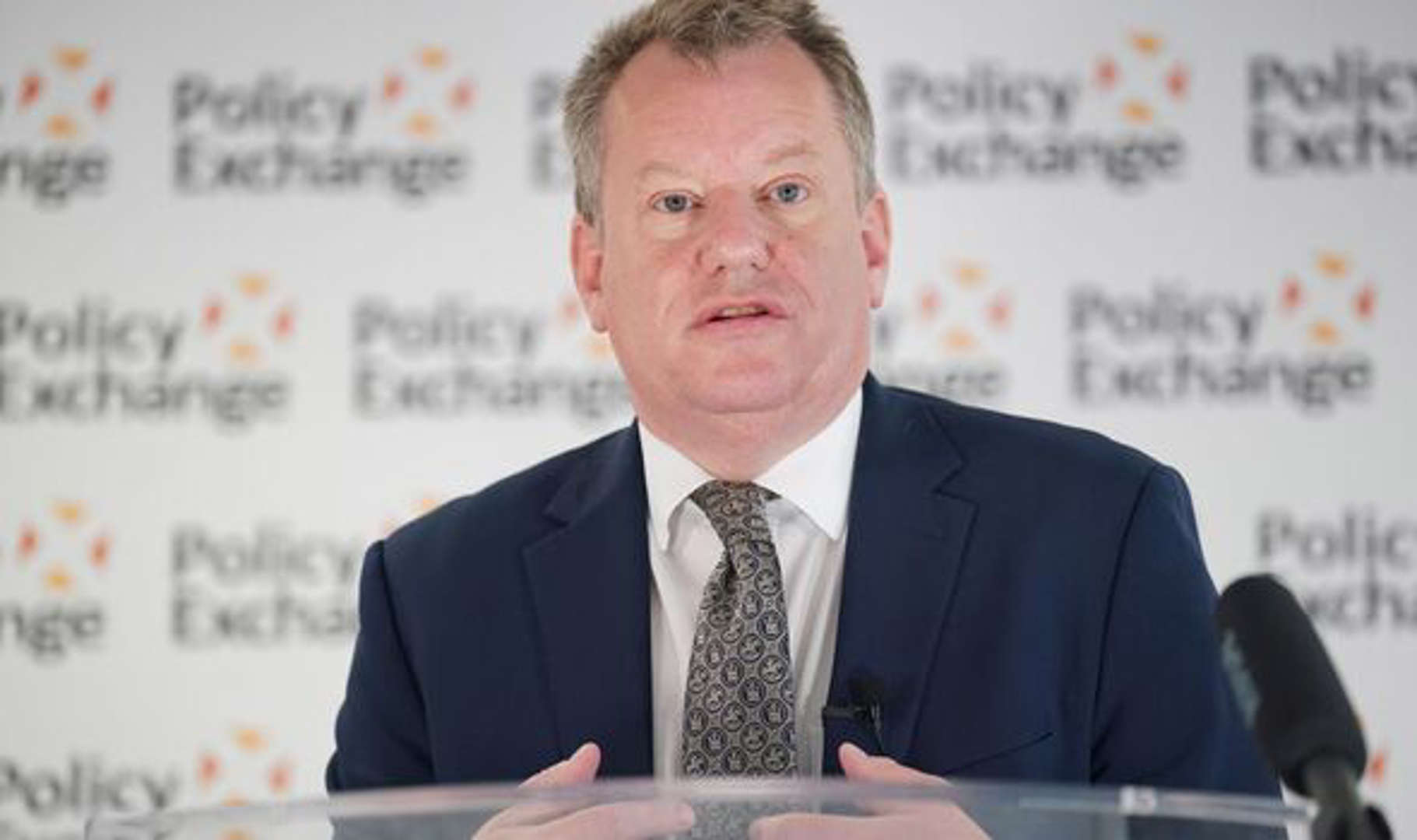Title: “Bank of England: Timing Interest Rate Cuts and the Economy’s Reward”
In the realm of economic policy, the Bank of England stands at the forefront, navigating the delicate balance between inflation, interest rates, and the overall health of the economy.

However, the path to rate cuts is laden with cautionary steps. Policymakers, including Governor Andrew Bailey, underscore the need for tangible evidence of progress against inflation before committing to such measures. This cautious approach reflects the Bank’s commitment to stability and prudent economic management.
At the heart of the matter lies the intricate interplay between inflation metrics and policy responses. Despite acknowledging signs of progress in certain areas, the Bank remains vigilant, deeming current trends too tentative to warrant immediate action. The central concern revolves around ensuring that policy adjustments align with the evolving economic landscape.
A focal point of scrutiny for the Bank is the labor market and service inflation. Recent data indicates that unemployment figures may be lower than previously estimated, signaling a persistent tightness in the job market. Such nuances underscore the complexity of the economic terrain and the need for nuanced policy interventions.
The Organization for Economic Cooperation and Development (OECD) adds its voice to the discourse, cautioning against premature rate cuts. Such actions, they argue, could potentially exacerbate inflationary pressures, prolonging the deviation from the two percent target. The OECD’s warning serves as a reminder of the delicate balancing act confronting central banks worldwide.
In summary, the Bank of England’s stance on interest rates reflects a judicious blend of vigilance and prudence. While the inevitability of rate cuts looms on the horizon, the timing and execution thereof remain subjects of meticulous evaluation. As the economic landscape continues to evolve, the Bank stands poised to adapt its policies accordingly, prioritizing the long-term stability and prosperity of the UK economy.
In conclusion, the Bank of England’s deliberations on interest rates epitomize the intricate dance between economic indicators, policy imperatives, and long-term objectives. While the prospect of rate cuts looms large, the path forward is marked by caution, with policymakers exercising vigilance in response to evolving economic dynamics. As the UK navigates the complexities of a post-pandemic world, the Bank’s steadfast commitment to stability and prudent management serves as a beacon of reassurance in uncertain times.
